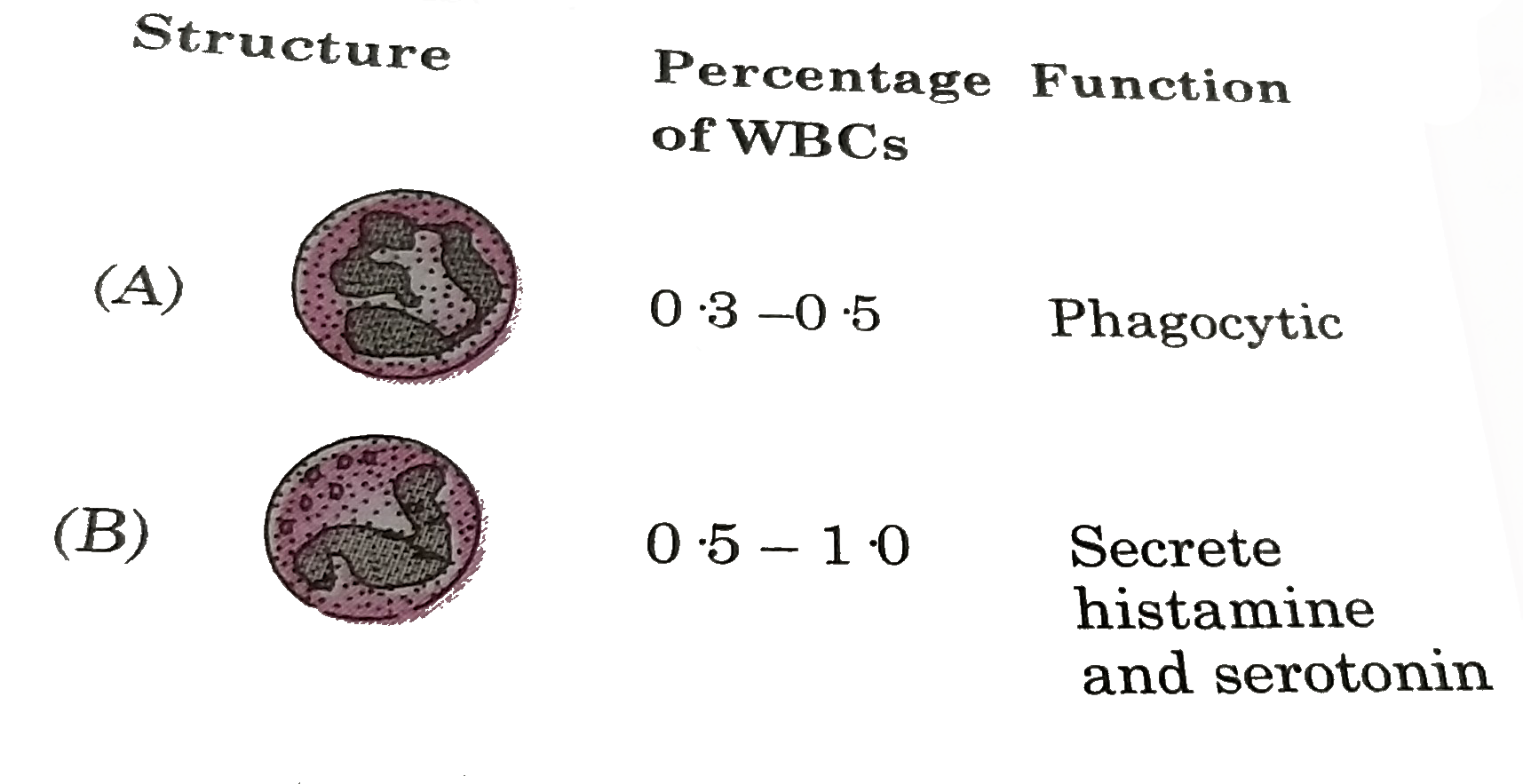Select equation having endothermic step:
The correct Answer is:A, C, D
To determine which equation has an endothermic step, we need to analyze the given options based on the concepts of endothermic and exothermic processes.
1. Understand Endothermic Processes:
- An endothermic process is one that absorbs energy from its surroundings. This means that energy is required for the reaction to proceed.
2. Analyze Each Option:
- Option 1: S- to S-2:
- This process involves the addition of an electron (gaining an electron). The energy released during this process is known as Electron Gain Enthalpy. Since energy is released, this is an exothermic process.
- Option 2: Na+ + Cl- → NaCl:
- This reaction involves the formation of an ionic compound from its ions. The energy released when cations and anions come together is called lattice energy. Since energy is released, this is also an exothermic process.
- Option 3: N- to N-:
- Similar to Option 1, this involves gaining an electron. Again, energy is released, making this an exothermic process.
- Option 4: Al+2 to Al+3:
- This process involves the removal of an electron from Al+2 to form Al+3. Removing an electron requires energy, which is known as ionization energy. Since energy is absorbed for this process to occur, it is an endothermic process.
3. Conclusion:
- The only option that involves an endothermic step is Option 4: Al+2 to Al+3.
Final Answer:
The equation having an endothermic step is Option 4: Al+2 to Al+3.
- An endothermic process is one that absorbs energy from its surroundings. This means that energy is required for the reaction to proceed.
- Option 1: S- to S-2:
- This process involves the addition of an electron (gaining an electron). The energy released during this process is known as Electron Gain Enthalpy. Since energy is released, this is an exothermic process.
- Option 2: Na+ + Cl- → NaCl:
- This reaction involves the formation of an ionic compound from its ions. The energy released when cations and anions come together is called lattice energy. Since energy is released, this is also an exothermic process.
- Option 3: N- to N-:
- Similar to Option 1, this involves gaining an electron. Again, energy is released, making this an exothermic process.
- Option 4: Al+2 to Al+3:
- This process involves the removal of an electron from Al+2 to form Al+3. Removing an electron requires energy, which is known as ionization energy. Since energy is absorbed for this process to occur, it is an endothermic process.
- The only option that involves an endothermic step is Option 4: Al+2 to Al+3.
The equation having an endothermic step is Option 4: Al+2 to Al+3.
Topper's Solved these Questions
- PERIODIC PROPERTIESBOOK - VK JAISWAL ENGLISHCHAPTER - PERIODIC PROPERTIESEXERCISE - MATCHTHE COLUMN
11 Videos
- PERIODIC PROPERTIESBOOK - VK JAISWAL ENGLISHCHAPTER - PERIODIC PROPERTIESEXERCISE - ASSERTION-REASON TYPE QUESTIONS
36 Videos
- PERIODIC PROPERTIESBOOK - VK JAISWAL ENGLISHCHAPTER - PERIODIC PROPERTIESEXERCISE - Level 3 (Passage Type)
89 Videos
- p-BLOCK ELEMENTSBOOK - VK JAISWAL ENGLISHCHAPTER - p-BLOCK ELEMENTSEXERCISE - SUBJECTIVE PROBLEMS
35 Videos
- QUALITATIVE INORGANIC ANALYSISBOOK - VK JAISWAL ENGLISHCHAPTER - QUALITATIVE INORGANIC ANALYSISEXERCISE - SUBJECTIVE PROBLEMS
4 Videos
Similar Questions
Knowledge Check
In endothermic reactions,
Areactants have more energy than productsBreactants have less energy than productsCreactants and products have same energyDreactants have lower temperature than products.Select the equation that reflects the coordinates in the table.
 Ay=3x+2By=3x+3Cy=3xDy=2(3x)
Ay=3x+2By=3x+3Cy=3xDy=2(3x)
What is an endothermic change?
View SolutionSelect the option showing the correct sequential steps to produce a new genetic variety of a corp.
View SolutionSelect the option showing the correct sequentail steps to produce a new genetic verity of a crop
View SolutionSelect the option having all the correct characteristics.


View SolutionSelect the option having all the correct characteristics.


View SolutionDiscuss the effect of temperature on the equilbrium constant. How does it change for (a) exothermic reaction (b) endothermic reaction (c) reaction having zero heat of reaction?
View Solution
